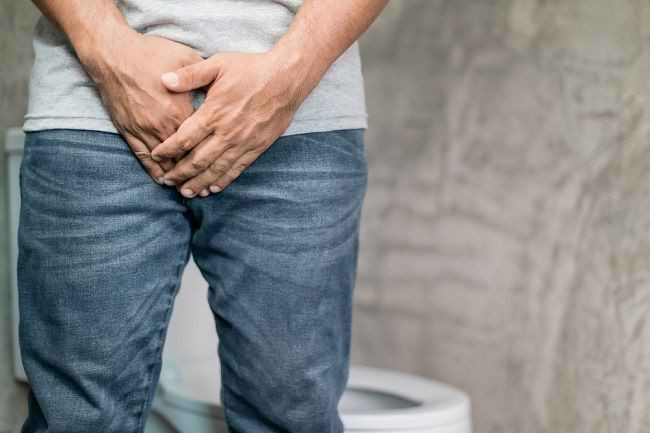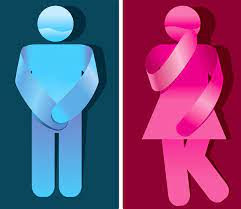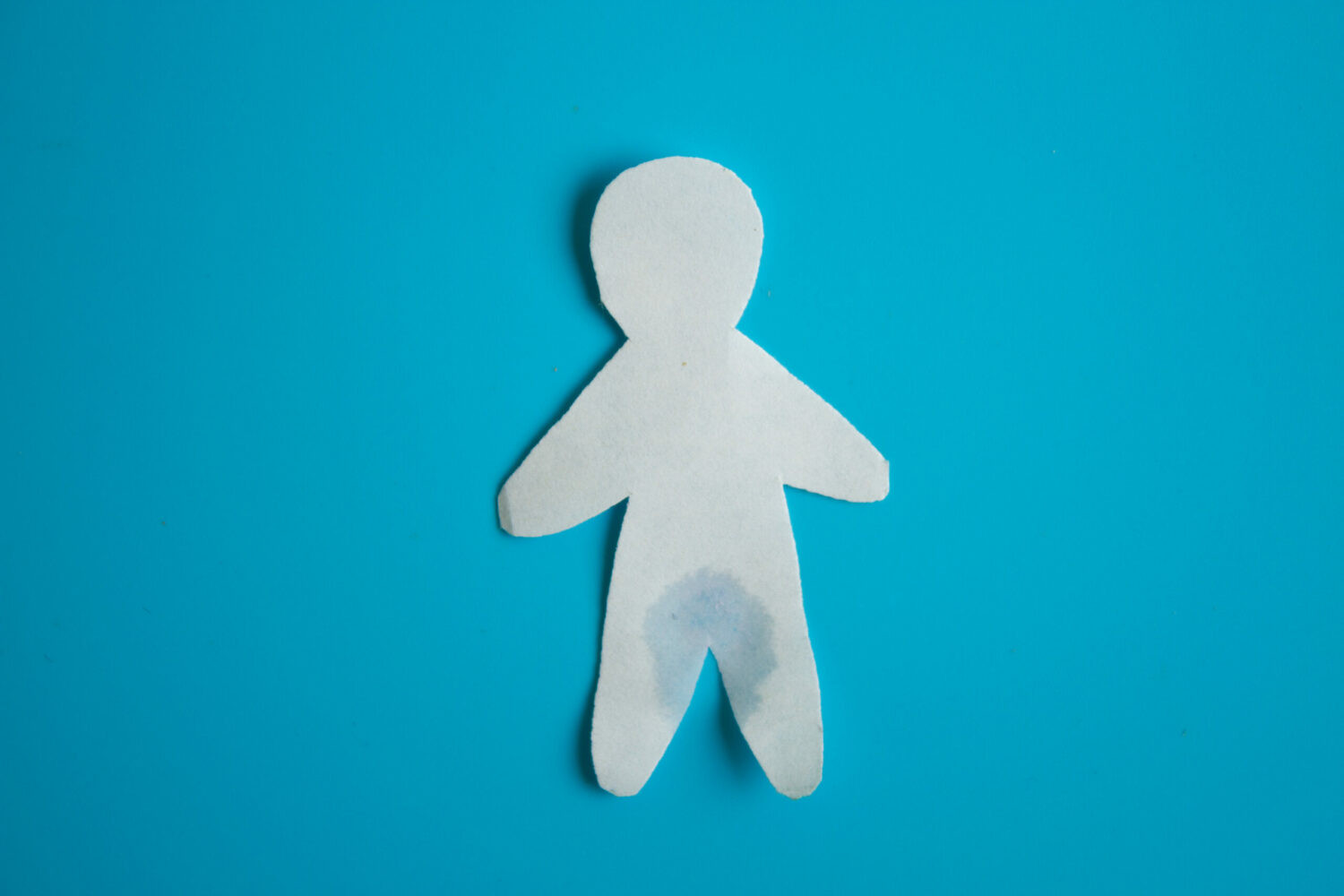Definition
Urethral stricture is a narrowing of the urethral passage caused by scar tissue formation. The urethra, a vital component of the urinary system, serves to expel urine from the bladder out of the body. When affected by stricture, the flow of urine is obstructed, leading to various urinary tract issues such as inflammation and infection.
Urethral stricture can result in various urinary tract issues, including inflammation and infection. Scar tissue formation in the urethra, often due to factors like swelling, injury, or infection, can impede or obstruct the flow of urine in the urinary passage. It's crucial to promptly address this condition, as it can lead to dangerous complications and adversely affect overall bodily health. Seeking timely medical attention is essential to manage urethral stricture and prevent further health complications.
Causes
Scar tissue formation can result in the narrowing of the urethral passage, leading to difficulty in expelling urine from the body. Various factors can contribute to this condition, including:
- Medical procedures: Certain medical procedures involving the insertion of instruments into the urethral canal
- Prolonged catheter use: Extended use of a catheter can cause irritation and scarring in the urethra
- Trauma or injury to the urethra or pelvic area
- Prostate issues: Enlargement of the prostate gland, history of prostate surgery, or procedures to reduce its size
- Urethral or prostate cancer
- Sexually transmitted infections, such as chlamydia and gonorrhea
- Radiation therapy
Risk factor
Urethral stricture is more frequently observed in males than females, primarily due to anatomical differences. The male urethra is longer and more susceptible to obstruction. Positioned within the penis, the male urethral passage is exposed to potential damage, whereas in females, the urethra is internal and shielded by the pubic bone.
Additionally, the presence of the prostate gland, exclusive to males and located beneath the bladder, increases the likelihood of urethral stricture. The prostate surrounds the urethral passage in males, and disturbances in this gland can affect urethral function.
Other risk factors for urethral stricture include:
- Advanced age in males, often associated with prostate enlargement
- History of sexually transmitted infections
- Prolonged catheter use
- Urethritis, inflammation of the urethra typically caused by infection
Symptoms
Urethral stricture leads to a weakening of the urinary flow due to the blocked passage, with symptoms typically developing gradually rather than suddenly. Some common symptoms of urethral stricture include:
- Decreased urine flow
- Incomplete emptying of the bladder
- Urine spraying
- Difficulty or pain during urination, often necessitating straining
- Increased urge to urinate or more frequent urination
- Inability to control urination (incontinence)
- Symptoms of urinary tract infection and prostate infection
- Lower abdominal or pelvic pain
- Penile swelling
- Changes in urine color, such as becoming darker or containing blood.
- Blood in the semen.
- Complete inability to urinate. This is a serious condition requiring immediate medical attention.
Diagnosis
The diagnosis of urethral stricture begins with a medical interview, during which the doctor analyzes the patient's symptoms. This is followed by a physical examination, which may include a rectal examination to check for prostate enlargement.
Several diagnostic tests may be performed to confirm the diagnosis:
- Urinalysis: This test is conducted to assess the presence of infection in the urinary tract.
- Ureteroscopy or cystoscopy: A small tube equipped with a camera and light is inserted into the urethra to visualize any narrowing in the urethral canal.
- Bladder ultrasound: This examination assesses the postvoid residual volume, which is the amount of urine left in the bladder after urination. It also helps rule out other potential causes.
- Retrograde urethrogram: This procedure involves X-ray examination with the use of contrast dye inserted through the urethral opening. This allows the doctor to visualize urine flow more clearly and identify any points of obstruction.
Management
The treatment of urethral stricture depends on the size of the blockage and the extent of scar tissue present. Various management options may be considered:
- Urethral dilation: This procedure involves the insertion of a balloon catheter into the narrowed part of the urethra, which expands to dilate the passage. While effective in the short term, urethral dilation carries the risk of stricture recurrence and may require repeated procedures.
- Urethrotomy: During this procedure, a urethroscope is used to visualize the location and extent of the stricture and scar tissue. The doctor then cuts the scar tissue causing the stricture using the urethroscope.
- Open surgery: Surgical repair or reconstruction of the urethral passage may be necessary in some cases. This involves cutting the scar tissue causing the stricture and reconnecting the urethral passage through reconstructive surgery.
It's important to note that medication therapy is not typically used to treat urethral stricture directly. However, medications may be prescribed to address underlying causes, such as antibiotics for urinary tract infections or sexually transmitted diseases.
Complications
Untreated urethral strictures can lead to various health complications, including:
- Urinary tract and testicular infections
- Formation of urinary stones due to the accumulation of crystals in the urine, leading to stone formation.
- Urine retention, characterized by the inability to completely empty the bladder. This can cause bladder enlargement and potentially lead to kidney damage over time.
- Hydronephrosis, a condition marked by fluid buildup in the kidneys due to the obstruction of urine flow out of the body.
- Kidney failure, which occurs when urine cannot exit the body properly, leading to impaired kidney function. Prolonged impairment of kidney function can eventually result in kidney failure.
Prevention
While urethral strictures may not always be preventable, adopting certain preventive measures can help reduce the risk:
- Avoiding injuries or trauma to the urethra and pelvis by using appropriate personal protective equipment during activities or tasks that pose a risk of injury.
- Exercising caution during catheterization by ensuring the proper use of lubricants in appropriate amounts and using the smallest catheter size for the shortest duration possible.
- Minimizing the risk of sexually transmitted infections, such as gonorrhea and chlamydia, by consistently using condoms during sexual intercourse and abstaining from sexual activity when ill.
- Maintaining good hygiene practices, including cleaning the genital area after urination, to reduce the risk of urinary tract infections.
When to see a doctor?
In certain cases, urethral stricture requires immediate medical attention. If emergency signs such as sudden inability to urinate, severe abdominal pain, massive swelling of the penis, or recent urethral injury are present, prompt medical treatment is essential. Complications can arise if the condition is not treated promptly and properly. Therefore, it's imperative to seek care from a doctor or the nearest medical facility promptly if experiencing any of the listed symptoms.
Looking for more information about other diseases? Click here!
- dr Nadia Opmalina
Urethral stricture - Symptoms and causes. Mayo Clinic. (2022). Retrieved 29 June 2022, from https://www.mayoclinic.org/diseases-conditions/urethral-stricture/symptoms-causes/syc-20362330.
Urethral Stricture Disease: Symptoms, Diagnosis & Treatment - Urology Care Foundation. Urologyhealth.org. (2022). Retrieved 29 June 2022, from https://www.urologyhealth.org/urology-a-z/u/urethral-stricture-disease.
Urethral Stricture: Symptoms, Causes, Treatment & Prevention. Cleveland Clinic. (2022). Retrieved 29 June 2022, from https://my.clevelandclinic.org/health/diseases/15537-urethral-stricture-in-men.
O'Connell, K. (2017). Urethral Stricture: Causes, Symptoms, and Prevention. Healthline. Retrieved 29 June 2022, from https://www.healthline.com/health/urethral-stricture.
Broghammer, J. (2021). Urethral Strictures in Males: Practice Essentials, Relevant Anatomy, Pathophysiology. Emedicine.medscape.com. Retrieved 29 June 2022, from https://emedicine.medscape.com/article/450903-overview.










